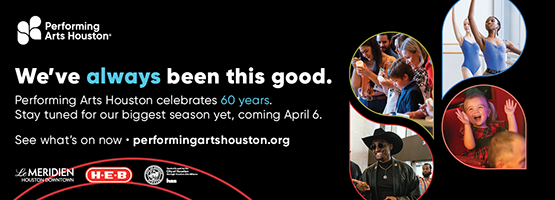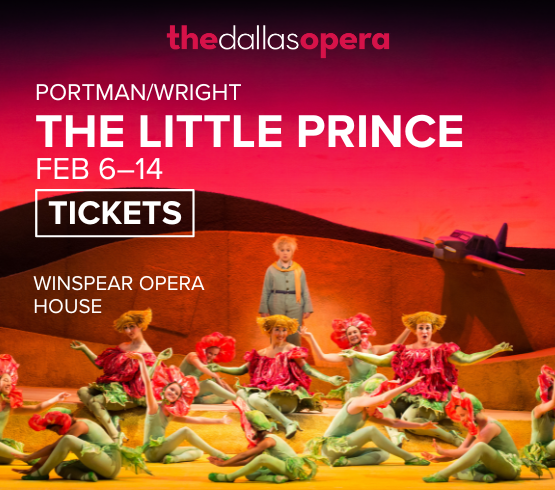A blue day dawns at the Museum of Fine Arts, Houston. Such was my first thought stepping into the welcoming light and waves of blue in the Art of the Islamic Worlds Galleries.
At a preview walk through the galleries, MFAH director Gary Tinterow acknowledged other extensive Islamic art collections in the U.S. held by, though not always on view at New York’s Metropolitan Museum and the Smithsonian’s National Museum of Asian Art, but then gave a Houston-pride declaration.
“We are proud to say that, at this moment, we have one of the largest displays of art of the Islamic world and certainly the largest display of art from Iran and the larger Persian world in central Asia.”
“This is not a monolithic entity,” says Froom. “As we were coming up with themes, how to display everything, how to interpret in a museum setting, we really wanted to amplify universal themes that are important both in Islamic lands and to all of humanity.”
Any visitor will likely find three major themes throughout the space: art of geometry, art of the word and art of the natural world. Sometimes all three weave together in a single artwork.
In the first open gallery, we find variations on a basic and universal human concept: vessels to hold our food and drink, and larger or a multitude of vessels when we come together to share that food and drink in community. In Islamic art across time and borders these utilitarian vessels become art adorned with geometric design and images of the natural world.

1 ⁄8
India, Huqqa Base with Landscape, mid-17th century, zinc alloy; cast, engraved, and inlaid with silver and brass (bidri ware). Museum of Fine Arts, Houston, Museum purchase funded by the Art of the Islamic Worlds Gala.

2 ⁄8
Indian, Jali, 1605–27, sandstone; carved, pierced, the Museum of Fine Arts, Houston, Museum purchase funded by Rania and Jamal Daniel.

3 ⁄8
Iran, Carpet, late 16th-early 17th century, cotton warp, and weft; wool pile. The Hossein Afshar Collection at the Museum of Fine Arts, Houston.

4 ⁄8
Moroccan, Qur’an Manuscript in Maghribi Script, 1318, ink, opaque watercolor, and gold on parchment, the Museum of Fine Arts, Houston, Museum purchase funded by the Honorable and Mrs. Hushang Ansary, the Brown Foundation Accessions Endowment Fund, and the Alice Pratt Brown Museum Fund.

5 ⁄8
Iran, Bookbinding, late 16th century, watercolor, gold-colored pigments, and lacquer on pasteboard, The Hossein Afshar Collection at the Museum of Fine Arts, Houston.

6 ⁄8
Iran, Ewer, 1607–08, brass; cast, engraved, and inlaid with black compound, the Hossein Afshar Collection at the Museum of Fine Arts, Houston.

7 ⁄8
Iran, Dish with Lion, second half of the 15th century, stonepaste; painted in blue under transparent glaze, The Hossein Afshar Collection at the Museum of Fine Arts, Houston.

8 ⁄8
Iran, Mirror Case, mid-19th century, watercolor, gold-colored pigments, metallic particles, and lacquer on pasteboard, The Hossein Afshar Collection at the Museum of Fine Arts, Houston.
“This is what I love about Islamic art, the utilitarian made quite extraordinary and beautiful,” says Froom.
“Cross-cultural is a good way of thinking about all of the art in these galleries,” she adds. “Each one of these objects tells a story and it’s most often a cross-cultural story, whether it’s techniques that are borrowed from other lands, motifs, colors, but it’s emphasizing universal themes and commonalities and building bridges and going beyond borders.”
As the objects placed together help us cross time and culture boundaries, the space itself builds something of a temporal bridge between the MFAH’s own past and future. With the opening of the Nancy and Rich Kinder Building, the museum has rearranged spaces and put more of its permanent collection on view in the Audrey Jones Beck and Law Buildings. The renovated Islamic Worlds Galleries were once home to the museum’s library and decades ago its cafe. Now, the original Mies van der Rohe architecture, including a wall of glass windows and interior patio, flood light into the space and the exposed columns and curved line of building frame the space, showcasing the art of architecture.
Moving deeper into the galleries, we see the cross-cultural perspective most distinctly in a special alcove highlighting the connection and influence between Chinese and Iranian blue and white ceramics that began over 1300 years ago with trade routes opening between East Asia and Islamic lands.
Along with geometry and nature, the galleries highlight the word, both sacred and secular, with writing on vessels, tiles and wooden screens. Another half gallery focuses on the art of the book and even the art of the creation of the book, displaying not just Qur’an manuscripts, but texts of literature, legends and scientific treaties, along with book bindings and calligraphy tools.
“Calligraphers enjoyed the highest status among artists because they conveyed the word of Allah, and the tools they used to do this were also treasured artworks in their own way,” notes Froom.
She says that taken together the art of the word illustrates the “transmission of knowledge, culture, technologies that is conveyed through the book, and the book as not just the text but the embellishments around the text, so the beautiful margins, often marbled, illuminated with extraordinary fine designs and secular manuscripts that are illustrated and represent many different painting traditions across the centuries.”
“This is very unusual to have this large scale,” says Froom of the paintings in the collection. “You do not see this anywhere else. This is a late 18th, 19th century Persian tradition that goes way back to pre-Islamic Iran.”
Though the opening of these galleries might be a historic step forward for the museum, Froom hopes for the individual museum visitor they will be an “oasis of calm, reflection, introspection and discovery.“
“Mr. Hossein Afshar is the very astute collector who has lent his collection to us,” remarks Froom. “His life’s mission is to share his collection with the world as widely as possible and we share that mission with him.”
—TARRA GAINES





